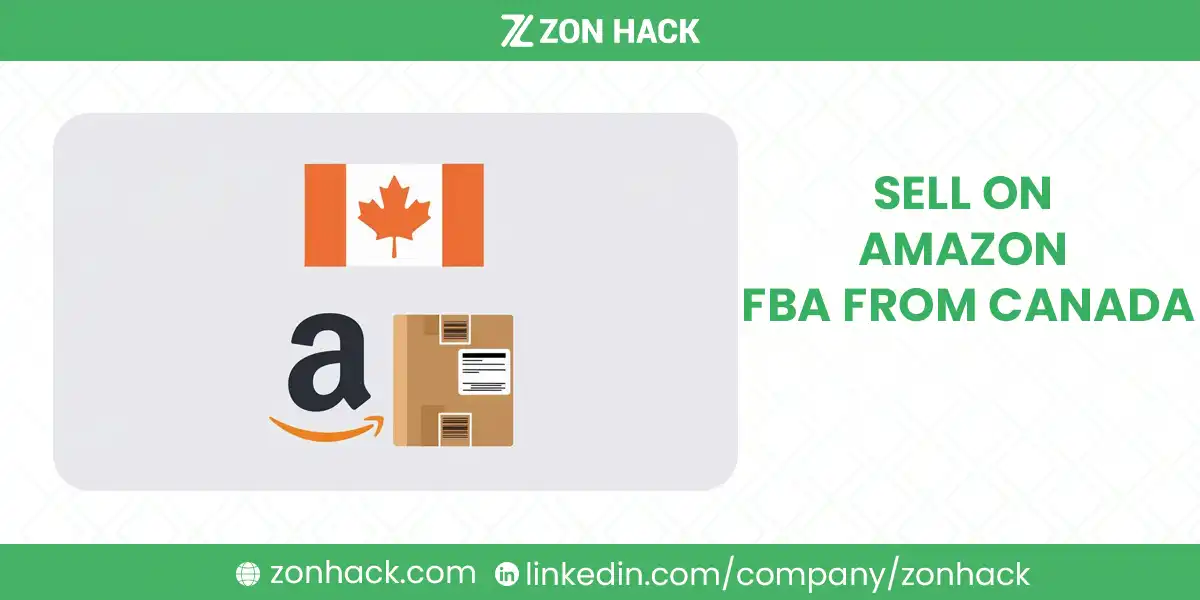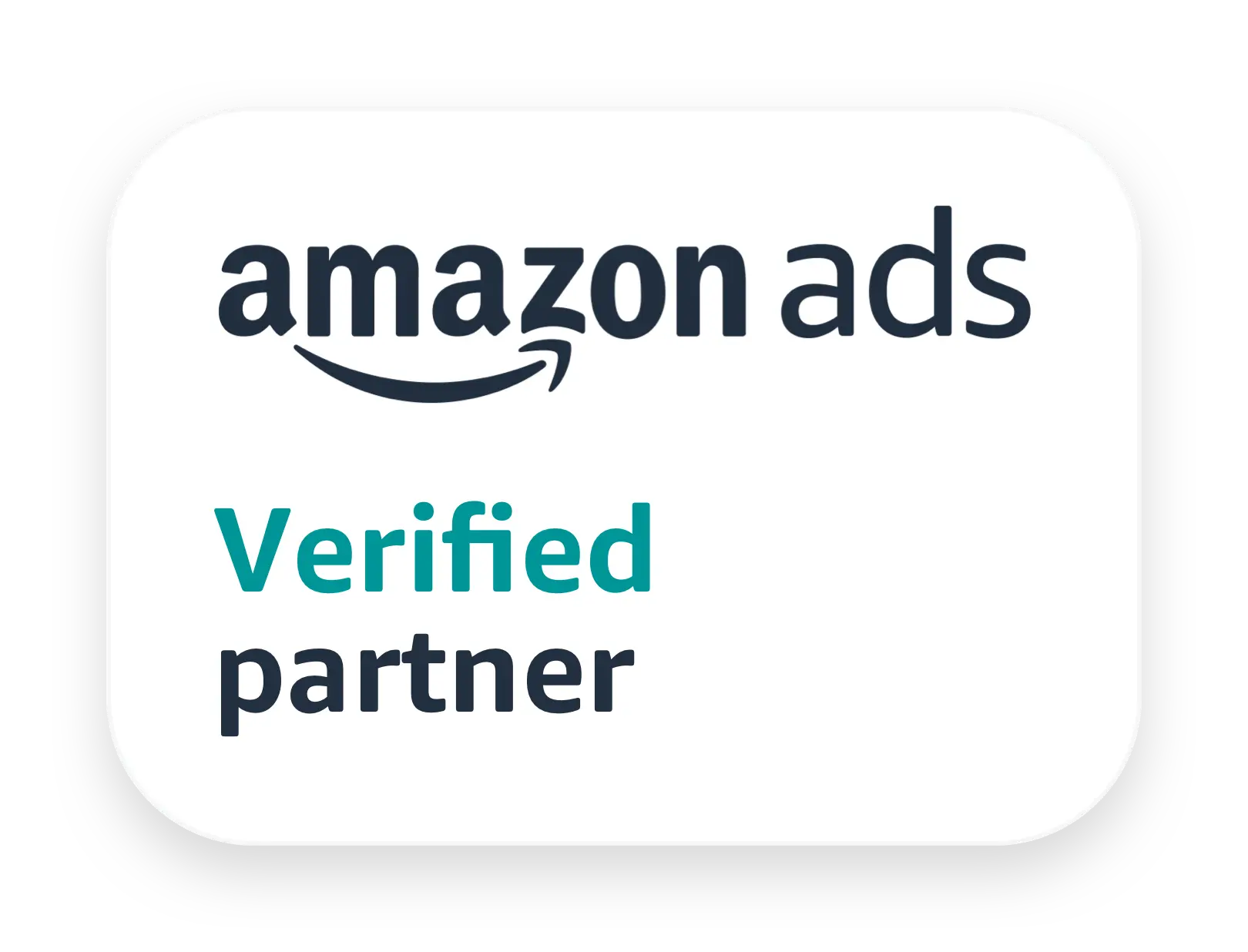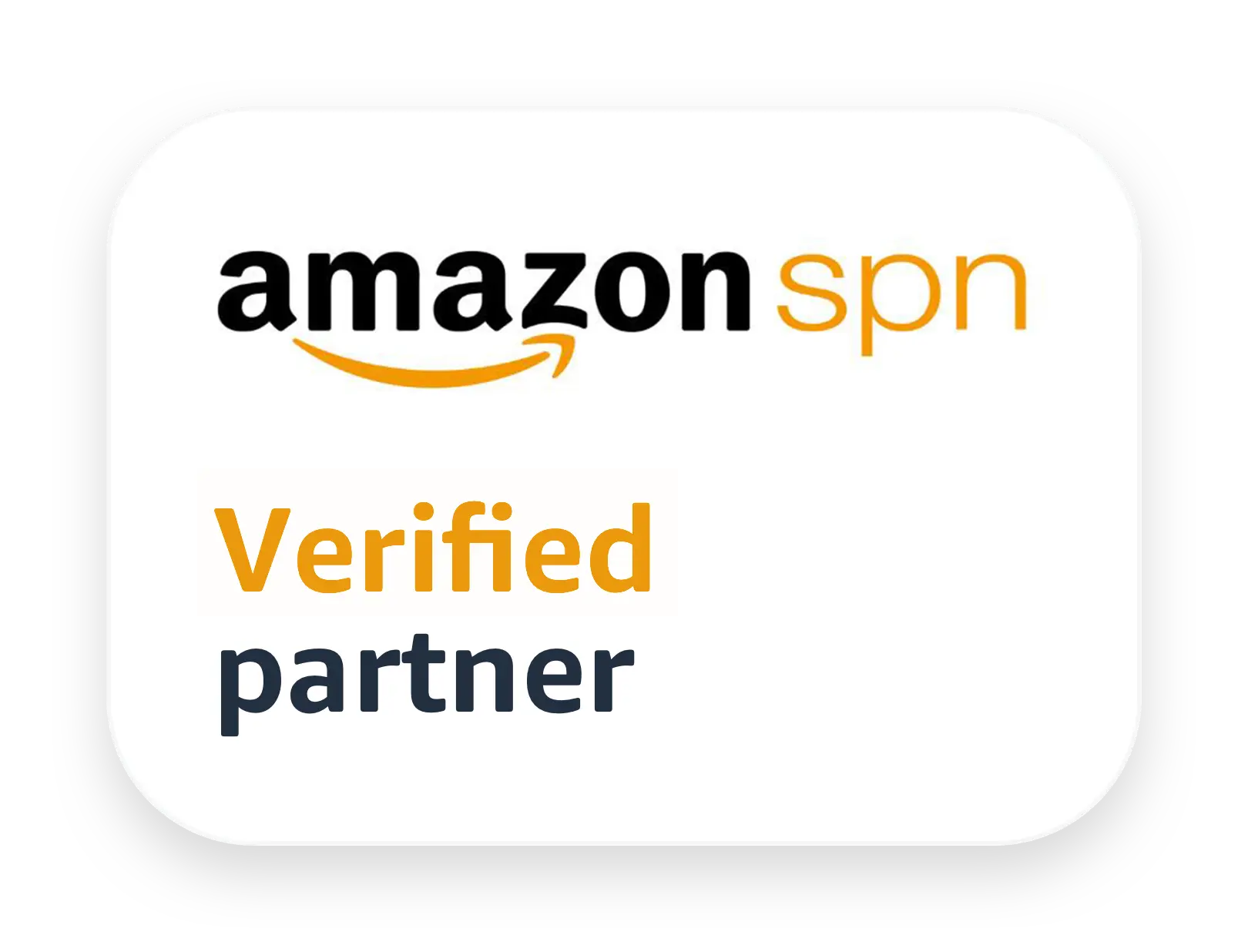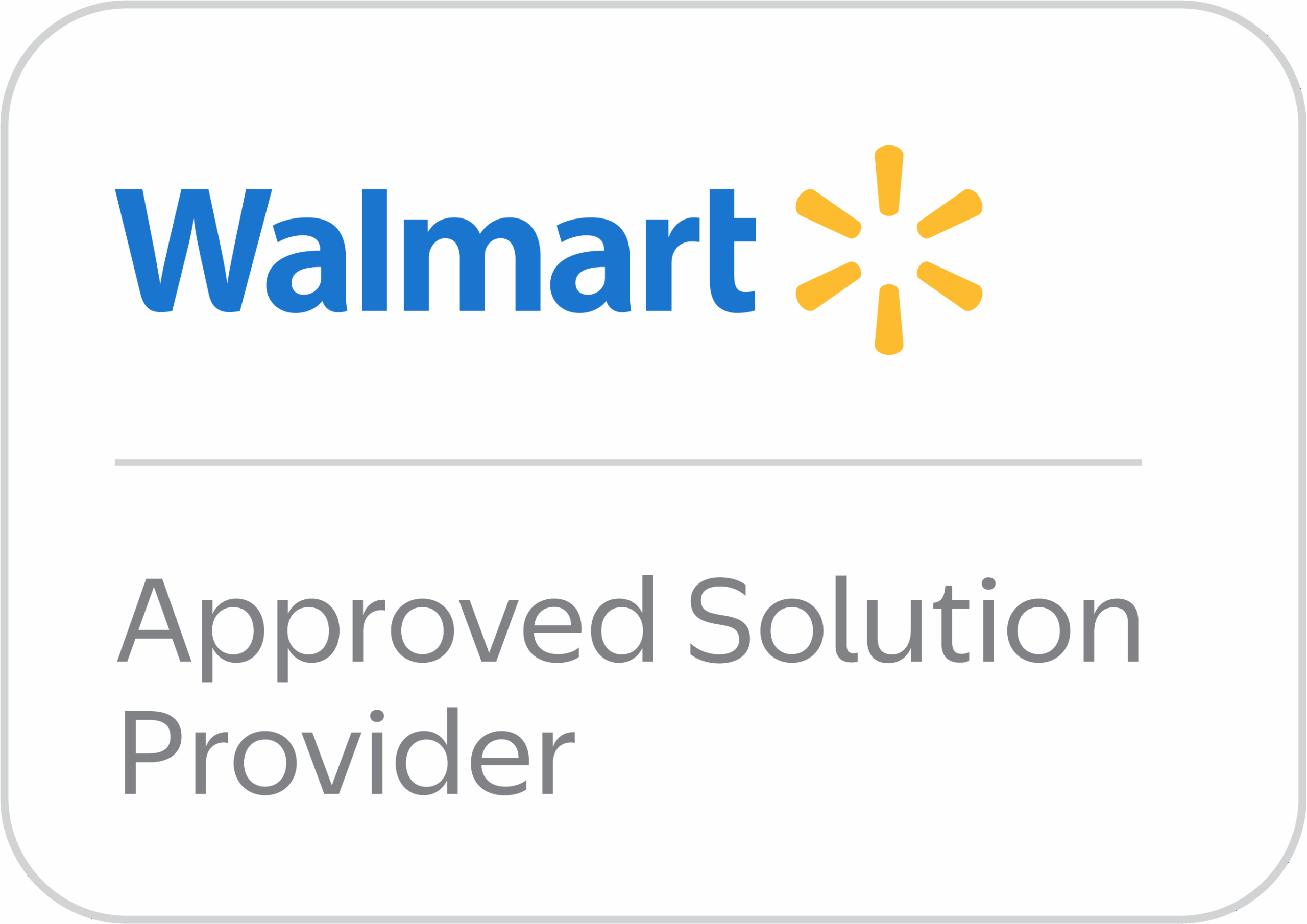If you’re living in Canada and thinking about selling on Amazon, you’re in the right place.
You don’t have to live in the U.S. to build a successful Amazon business. In fact, many Canadian sellers earn 5 to 6 figures per month selling on Amazon — both in Canada and the U.S. And with Amazon’s Fulfilled by Amazon (FBA) program, you don’t have to ship orders yourself or store inventory in your basement. Amazon does the heavy lifting.
What makes Amazon FBA so attractive?
- You get Prime eligibility automatically.
- Amazon handles storage, picking, packing, and shipping.
- You can sell across North America from one account.
- You can start with small capital — even from your apartment.
But it’s not without challenges. Canadian sellers face unique hurdles like currency exchange, customs, and sales tax in the U.S. This guide breaks it all down.
Let’s start from scratch.
1. Setting Up Your Amazon Seller Account in Canada
Choosing the Right Marketplace: Canada vs. U.S.
As a Canadian, you have access to Amazon.ca by default. But most sellers don’t stop there.
Over 70% of Canadian FBA sellers focus on Amazon.com, the U.S. marketplace. That’s because:
- Amazon.com has 9x more buyers than Amazon.ca
- FBA fees are often lower in USD
- There’s far more product demand in every category
The good news? Amazon provides a North American Unified Account. That means with one login, you can sell in:
- Amazon.ca (Canada)
- Amazon.com (USA)
- Amazon.com.mx (Mexico)
You can start on Amazon.ca to test waters, then scale to the U.S. when you’re ready. Or dive straight into .com to tap into a much larger market.
Picking a Selling Plan
Amazon gives you two options:
- Individual Plan: No monthly fee, but you pay $1.49 CAD per sale
- Professional Plan: Costs $29.99 USD/month, but gives you access to:
- Advertising (PPC)
- Bulk listing tools
- Promotions and deals
If you plan to sell more than 20–30 units a month or want to run ads, the Professional Plan is the better choice.
You can switch plans later if needed.
What You Need to Register as a Seller in Canada
Amazon will ask for the following:
- Government-issued photo ID (passport or driver’s license)
- Bank account (USD or CAD — we’ll cover this later)
- Credit card (Visa or Mastercard)
- Phone number
- Tax info — either your SIN (if sole proprietor) or Business Number (BN) if incorporated
If you haven’t registered a business, you can sell under your own name as a sole proprietor. But if you plan to scale or protect your liability, consider registering a corporation and getting a GST/HST number upfront.
You can apply for a BN at Canada.ca.
Once your documents are uploaded, Amazon usually approves new accounts within a few days.
2. What Should You Sell?
Product Research Is the Most Important Step
Before you order a single unit or set up your first listing, you need to know what to sell.
This is where most people get stuck.
You’re not looking for a “cool” product. You’re looking for a product that meets real demand with manageable competition.
The best Canadian FBA sellers use tools like:
- Helium 10
- Jungle Scout
- ZonGuru
These tools help you analyze:
- Monthly search volume
- Estimated monthly sales
- Competition and review count
- Profit margin after fees
For example, selling insulated lunch bags might seem boring, but if the search volume is 40,000+ and competitors only have 30–50 reviews, that’s a green light.
Here’s a quick table to illustrate what good product criteria might look like:
| Metric | Ideal Range |
| Monthly Sales | 300 – 3000 units |
| Price | $20 – $50 USD |
| Reviews | Under 100 |
| Weight | Under 2 lbs |
| Profit Margin | 25–40% after FBA fees |
Avoid products that are fragile, highly seasonal, or already saturated (like resistance bands or garlic presses).
Also, watch out for gated categories (e.g., supplements, topicals). Amazon requires approval before you can sell in those.
3. Sourcing Your Product
Domestic vs. Overseas Suppliers
You have two main options:
- Source locally in Canada or the U.S. (faster shipping, higher costs)
- Source from overseas — mainly China (cheaper, but longer lead time)
Most private label sellers in Canada use Alibaba.com to find manufacturers in China.
Here’s a typical workflow:
- Search for your product on Alibaba
- Contact 5–10 suppliers
- Request quotes and samples
- Compare pricing, MOQs (Minimum Order Quantities), and lead times
- Place a test order (usually 200–500 units)
Make sure to ask for:
- FNSKU labeling (Amazon requires this for tracking inventory)
- Packaging options (custom boxes or inserts)
- Shipping via DDP (Delivered Duty Paid) if you want to avoid customs headaches
Tip: Always order samples before committing. It’s the only way to test quality.
4. Creating a High-Converting Product Listing
Your Listing Is Your Salesperson
Once your product is ready to go, you need a listing that converts.
That means:
- An optimized title with your top 2–3 keywords
- Bullet points that sell the benefits, not just the features
- A clear product description that answers customer doubts
- Backend keywords (the ones shoppers don’t see) to help with ranking
Here’s a sample formula for a product title:
“Insulated Lunch Bag for Adults – Leakproof, Lightweight, Large Capacity – Reusable Cooler Tote for Work, School, Travel – Black”
It’s keyword-rich, easy to read, and benefits-focused.
Don’t Skip Photography
Photos make or break your listing. Amazon allows 7–9 images, and the first one (your main image) must be on a white background.
Use a mix of:
- Flat lay images
- Lifestyle shots (your product in use)
- Infographics showing features or dimensions
- Comparison charts (why yours is better)
If you’re not a photographer, hire a pro. ZonHack, for instance, offers eCommerce photography and creative bundles for FBA sellers.
You can also add A+ Content (formerly Enhanced Brand Content) if you’re brand registered. This includes banners, image-text modules, and brand storytelling — all of which boost conversions by up to 10%.
5. How Fulfillment by Amazon (FBA) Works for Canadians
The Process From China to Amazon Warehouse
Let’s say you’ve sourced your product, created your listing, and now you’re ready to ship.
Here’s what happens next:
- You prepare a shipping plan inside Seller Central
- Amazon tells you which warehouse(s) to send to
- Your supplier or freight forwarder ships the inventory
- Amazon receives and scans your boxes
- Your product becomes available for Prime delivery
As soon as someone orders, Amazon picks, packs, and ships it for you.
But as a Canadian seller shipping to the U.S., there are cross-border rules.
6. Shipping Your Product to Amazon FBA Warehouses
Where Should You Ship — Canada or the U.S.?
If you’re selling on Amazon.ca only, you can ship your inventory to Canadian FBA warehouses.
But if you’re targeting Amazon.com (the U.S. market), you’ll need to ship inventory into U.S.-based fulfillment centers.
Here’s the catch:
Shipping into the U.S. from Canada (or directly from China) involves customs clearance, duties, and import regulations. You have two options:
Option 1: Ship to Yourself in Canada, Then Forward to the U.S.
This gives you control over quality inspection, but it adds time and cost. You become the “importer of record” when sending goods into the U.S. and may need a customs broker.
Option 2: Ship Direct to Amazon U.S. From Supplier
This is the fastest and cheapest way if your supplier can handle DDP shipping — Delivered Duty Paid. That means they take care of customs, duties, and delivery all the way to Amazon’s warehouse.
If you’re just starting out and want to avoid U.S. customs complexity, consider fulfilling your first product from Amazon.ca to test demand. Once you’re confident, scale to .com.
7. Understanding Taxes as a Canadian Amazon Seller
Do You Need a GST/HST Number?
If you’re selling on Amazon.ca and earning over $30,000 CAD/year, the Canadian government requires you to register for a GST/HST number.
This allows you to collect and remit taxes from customers in Canada.
You can apply for a Business Number (BN) and GST/HST account through CRA’s Business Registration Online portal.
If you’re only selling on Amazon.com (U.S.), you don’t charge GST/HST — but you still report your revenue as a Canadian business.
Do You Need to Pay U.S. Sales Tax?
Here’s the good news: Amazon automatically collects and remits sales tax on your behalf in most U.S. states due to “Marketplace Facilitator” laws.
You don’t need to register in every U.S. state unless you:
- Store inventory in non-Amazon warehouses in the U.S.
- Or have significant U.S. business operations beyond Amazon
Still, speak to an accountant or cross-border tax advisor. U.S. tax law changes often, and compliance is key.
Tip: Use services like A2X, Avalara, or TaxJar to automate sales tax and income tax tracking.
8. Managing Currency, Payments, and Banking
Getting Paid in USD as a Canadian Seller
By default, Amazon deposits your earnings into your Canadian bank account, but that comes with exchange rate fees.
To avoid high conversion charges (often 3-4%), many Canadian sellers open a U.S. dollar receiving account using:
- Wise (formerly TransferWise)
- Payoneer
- OFX
- TD or RBC cross-border USD accounts
These platforms let you receive USD and convert only when the rate is in your favor — potentially saving hundreds or thousands of dollars per year.
Wise is a popular option because of its real exchange rates and quick transfers.
9. Launching and Promoting Your Product
The First 30 Days: Ranking Is Everything
Once your product is live, your main goal is to generate sales velocity and reviews.
Amazon uses early sales data to decide where you rank in search results. That’s why many Canadian sellers run aggressive PPC (Pay-Per-Click) campaigns early on.
Start with:
- Sponsored Products ads for 5–10 main keywords
- A daily budget of $15–$30
- 1–2 “auto” campaigns and 1–2 “manual” campaigns
Track your results daily. Focus on metrics like:
| Metric | What’s Good? |
| ACOS (Ad Cost of Sales) | Under 40% for launch |
| CTR (Click-Through Rate) | 0.3% – 0.7% |
| Conversion Rate | 10% or more |
Use tools like Helium 10 Adtomic, SellerApp, or Amazon’s free Campaign Manager to monitor and optimize.
Getting Reviews Without Violating Amazon’s Rules
Amazon has strict rules about review solicitation. But here’s how to stay compliant:
- Use the “Request a Review” button inside Seller Central after each sale
- Enroll your product in Amazon’s Vine Program (free for now in many categories)
- Include a product insert with a message like:
“If you’re happy, please consider sharing your feedback on Amazon — it helps small Canadian businesses like ours grow!”
Avoid offering discounts in exchange for reviews — it can get your account suspended.
10. Scaling Your Amazon Business From Canada
Once your first product succeeds, don’t stop.
Add More Products
Most top Canadian sellers have 3–5 core SKUs generating steady profit. Add complementary products or bundle items together to increase your average order value.
Consider Expanding to the U.S. or Mexico
Even if you started on Amazon.ca, switching to Amazon.com can 10x your audience. Use Amazon’s Remote Fulfillment with FBA program to fulfill U.S. orders from Canadian inventory (if volumes are low).
Eventually, ship dedicated stock into U.S. warehouses for faster Prime delivery and lower shipping costs.
Automate and Outsource
You can’t do it all forever.
Use tools to automate:
- Inventory tracking: SoStocked, RestockPro
- PPC management: Adtomic, Quartile
- Accounting: A2X, Bench
Hire VAs or Amazon agencies to help with:
- Listing optimization
- Customer service
- Product research
FAQs About Selling on Amazon FBA From Canada
Can I sell on Amazon.com if I live in Canada?
Yes. Amazon allows Canadians to sell on Amazon.com. You just need to manage cross-border logistics and understand basic U.S. tax and banking setup.
Do I need a U.S. company or EIN to sell on Amazon.com?
No, you can sell using your Canadian business or even as a sole proprietor. Amazon will ask for your tax info (like a SIN or Business Number), but you don’t need a U.S. company.
How much money do I need to start?
Most Canadian sellers start with $2000–$5000 CAD. That covers:
- Product samples
- First inventory batch (200–500 units)
- Shipping
- Listing photos
- PPC ads
You can start leaner with wholesale or retail arbitrage, but private label requires more upfront investment.
What are the most common mistakes new sellers make?
- Picking overly competitive products
- Ignoring cash flow and inventory planning
- Poor product photos and listings
- Not understanding FBA fees
- Forgetting about GST/HST registration
Need Help Growing Your Amazon Business From Canada?
ZonHack is built for sellers like you — whether you’re starting your first product or scaling to six figures and beyond.
We help Canadian Amazon sellers with:
- End-to-end FBA support
- Cross-border launch strategies
- Advanced PPC management and automation
- Product research, listing creation, and ongoing growth
Want help navigating shipping, logistics, or ads for Amazon.com or Amazon.ca?
Let ZonHack scale your Amazon business while you focus on building your brand.
Book a free consultation or reach out to our team today.




